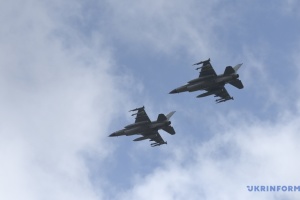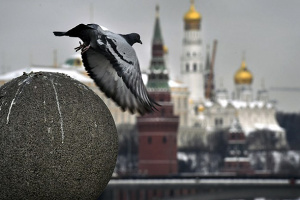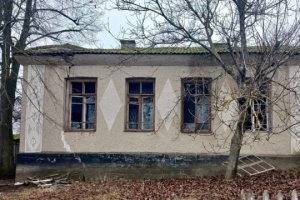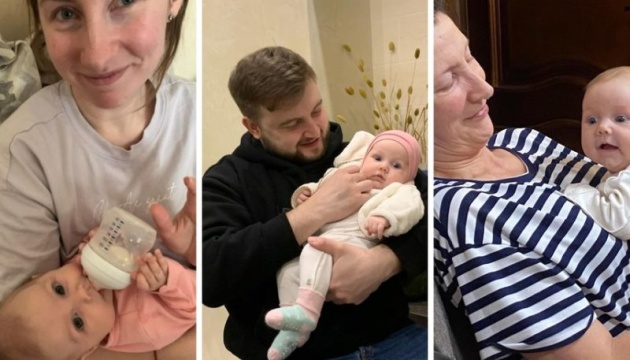
Killed in their own homes. Putin’s war with residential districts
The same sad fate awaited Borys Romanchenko, a 96-year-old former prisoner of the Buchenwald Nazi concentration camp. The veteran being killed by a Russian missile in his Kharkiv home shows what Putin’s “denazification” is really about.
As of early September, law enforcement recorded at least 7,000 civilian deaths caused by Russian shelling. These figures had been announced before mass graves were discovered in the de-occupied areas of Kharkiv region. Obviously, all the victims of the barbaric siege of Mariupol are not taken into account either.
The onset of Putin’s rule in Russia was marked by overnight explosions of residential buildings in Buynaksk, Moscow, and Volgodonsk. Photos showing collapsed blocks and reports of entire families killed in their sleep shocked the whole world. And they gave Putin a free hand to start the Second Chechen War. Today, the Russian aggressor openly does the same with Ukrainians in Borodianka, Odesa, and Zaporizhia… Footage of the terrible destruction in the Kharkiv residential district of Pivnichna Saltivka is not much different from the Russian footage that shook the world in the autumn of 1999.
The Center for Strategic Communication and Information Security recalls the most brutal cases of targeted strikes on residential buildings in the cities of Ukraine.
Borodianka (Kyiv region)
Borodianka is the most heavily destroyed settlement in Kyiv region. During the fighting in March, the occupiers dropped missiles and bombs on the residential sector right in the center of the village. Thus, eigt multi-storey buildings were destroyed, and another 32 houses suffered significant damage. After the de-occupation, Ukrainian rescuers retrieved 41 bodies from under the rubble.
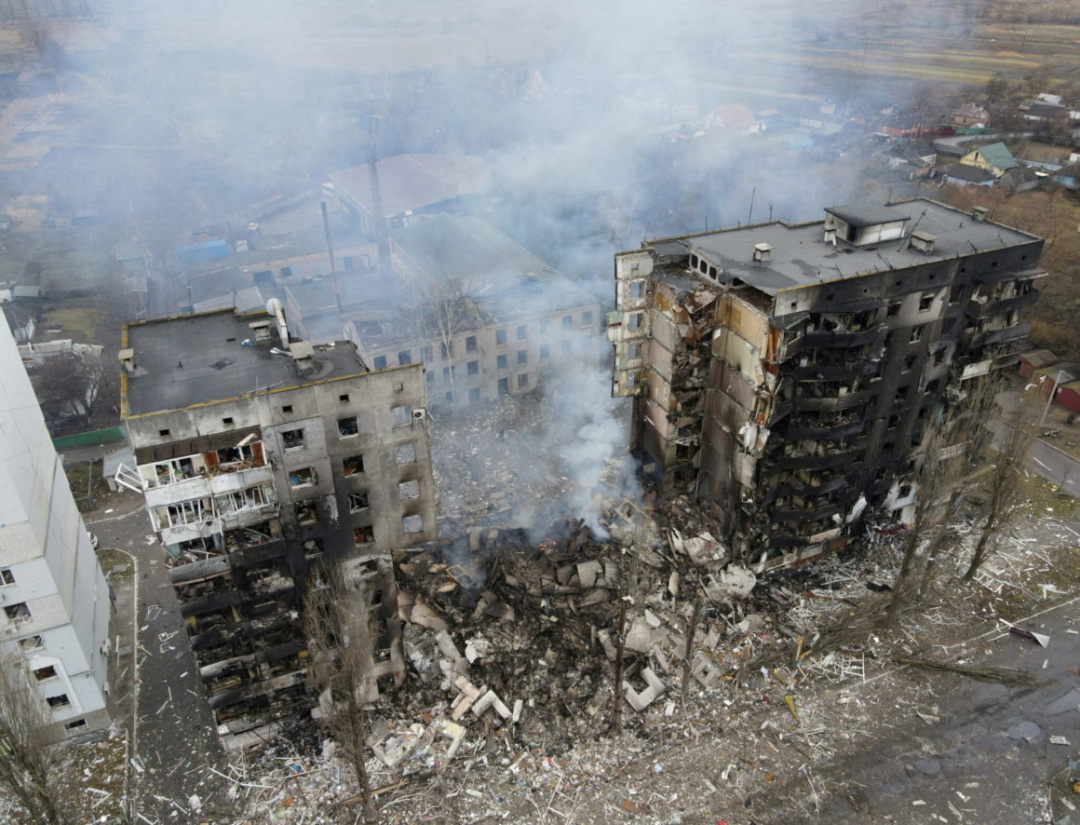
REUTERS/Maksim Levin//File Photo
The visual symbol of these destructions was the house at 359 Tsentralna Street.
Izium (Kharkiv region)
In early March, during the battles for the city, the Russians dropped an air bomb on a five-storey building on Pervomaiska Street, and then a tank engaged another house. At least 44 people who were hiding in the basement died under the rubble.
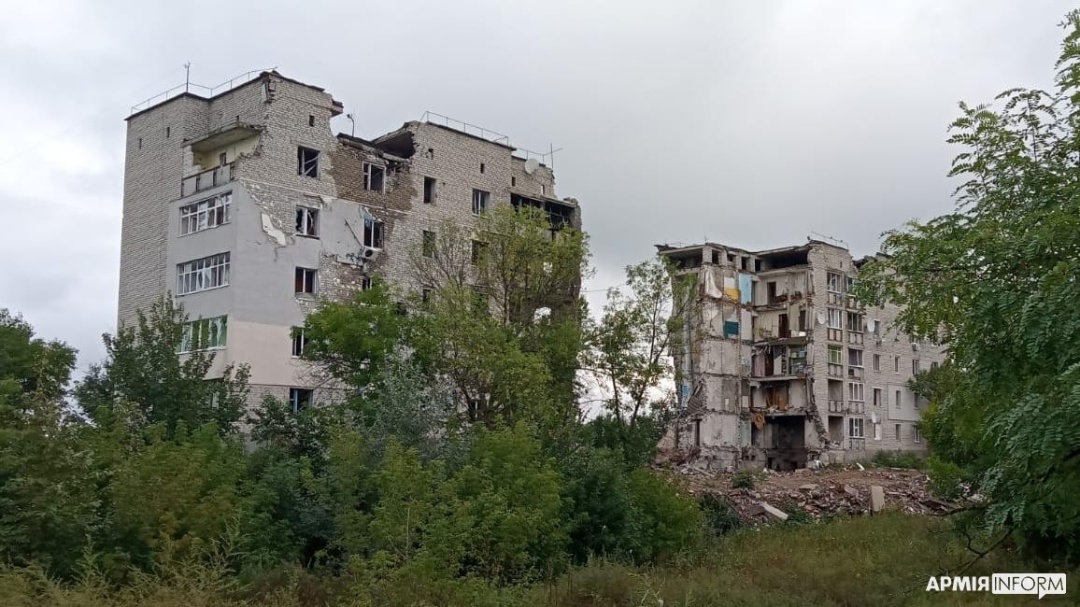
Photo: Army Inform
Among the dead is a family of eight: spouses Dmytro and Olena Stolpakovs, their children — eight-year-old Oleksandra and five-year-old Olesia, as well as Olena’s parents, her sister, and grandmother. It was possible to identify the dead after the liberation of Izium from the Russian occupation.
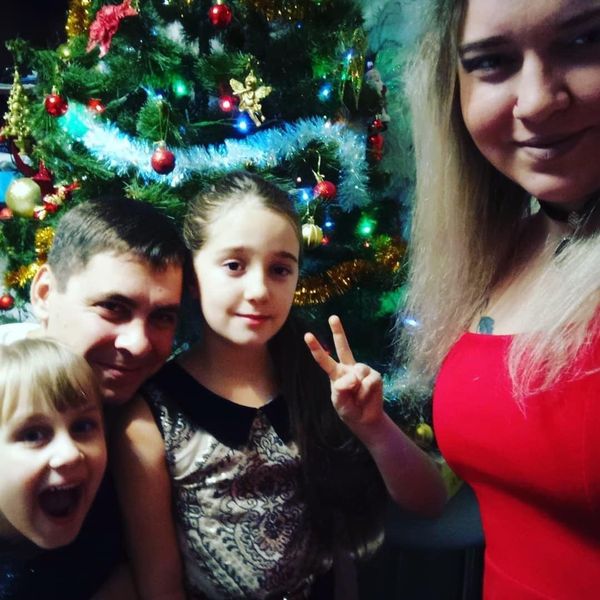
Photo: Olena Stolpakova / Instagram
Kharkiv
On the evening of August 17, a Russian Kalibr cruise missile destroyed a dormitory building in Stara Saltivka. There were about 30 people in the building, including hard-of-hearing people who could not hear the air-raid alert signal, as well as children and pensioners. Seven were killed and 16 were injured.
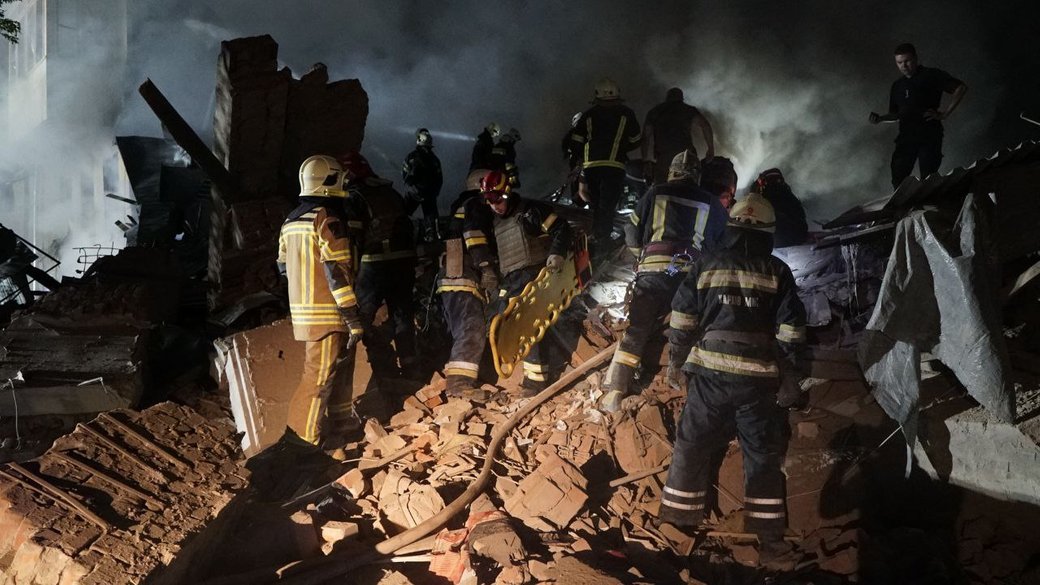
Photo: Viacheslav Mavrychev / Suspilne
Zaporizhia
On the night of October 9, the Russians struck a massive blow against Zaporizhia, targeting the city with 12 missiles. Most of them hit multi-storey and private residential buildings. At least 17 people were killed. The bodies of 13 of them were recovered from under the rubble of a nine-storey building on Zestafonska Street.
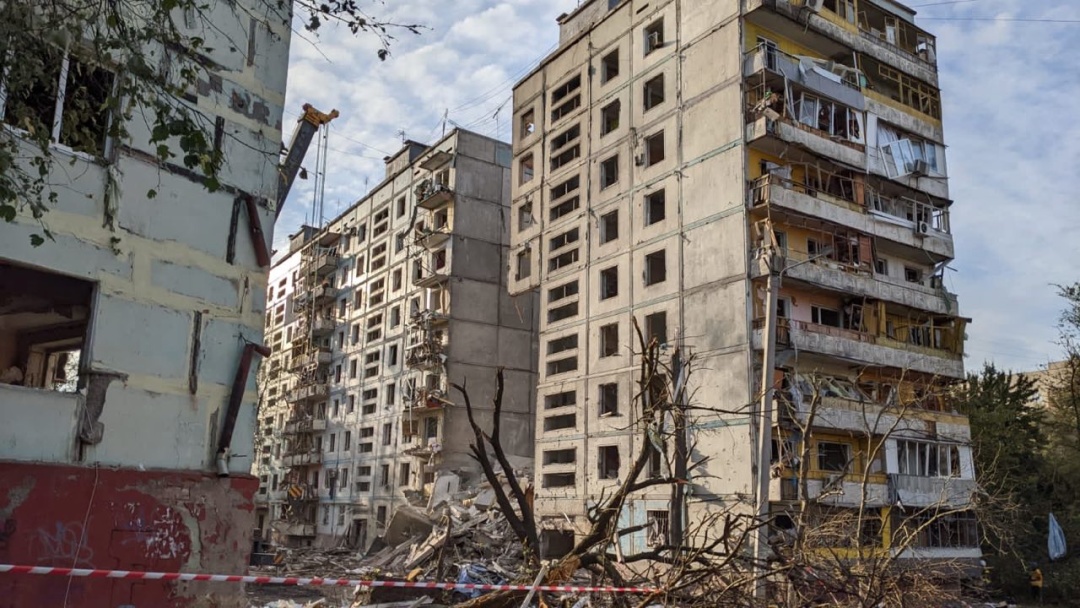
Photo: Oleksandr Starukh / Telegram
Odesa
On the afternoon of April 23, a Russian missile fired from the Caspian Sea hit an Odesa multi-storey building.
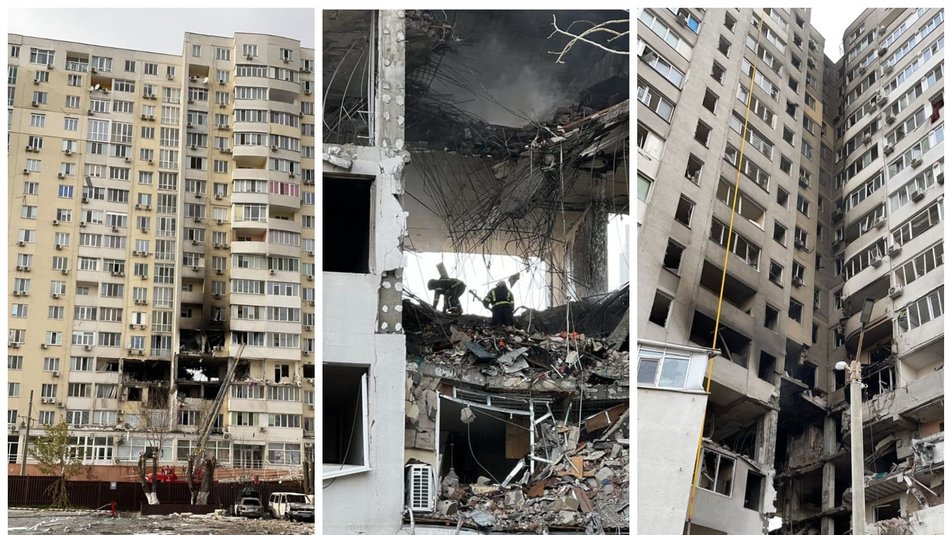
Photo: Suspilne
Eight people died; the youngest victim was less than four months old. Together with the infant girl, her 27-year-old mother Valeriia Hlodan and grandmother died. Valeriia’s husband returned home shortly after the attack to find the bodies of his loved ones in the ruined flat.
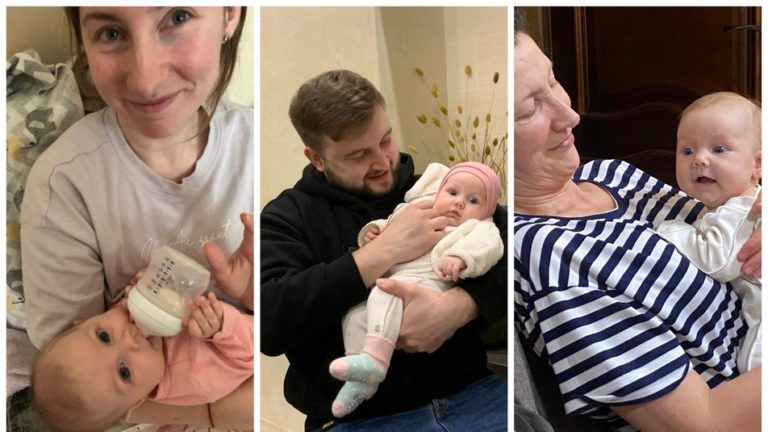
Photo: Suspilne
Mykolaiv
On the morning of June 29, a Russian missile destroyed a five-storey building in a residential area of Lisky, where neither military nor industrial facilities were located. Eight people were killed and six were injured. Rescuers found the remains of the bodies at a distance of 100-200 meters from the epicenter of the explosion.
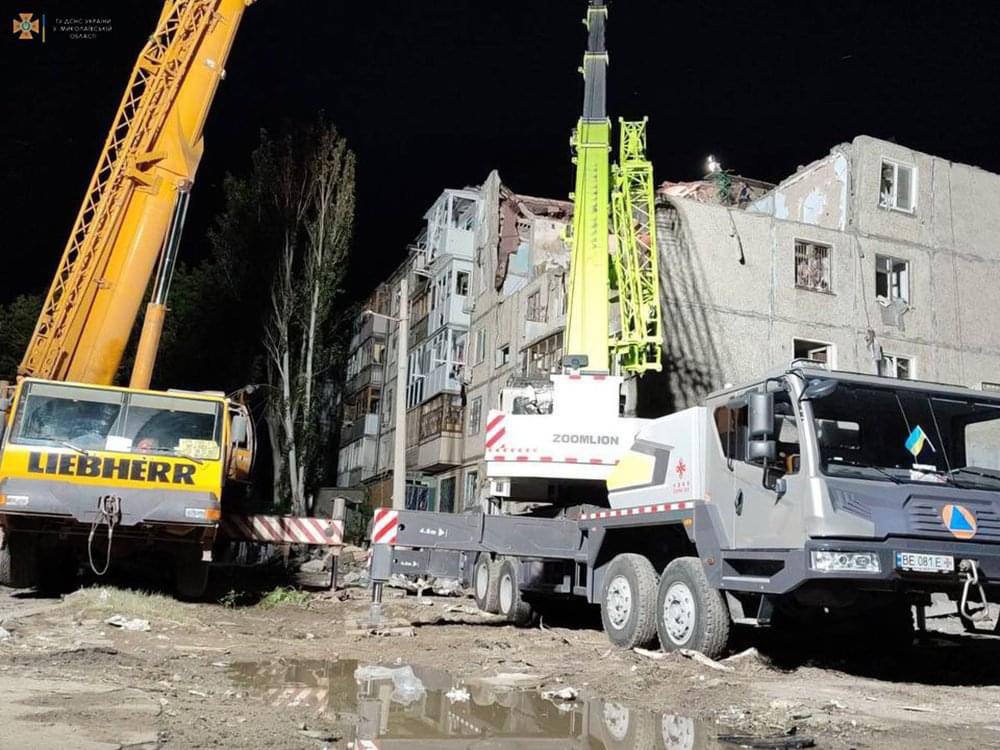
Photo: SES
Putin’s regime and the Russian army, under the command of war criminals, deliberately chose terrorist tactics of war against the people of Ukraine. With strikes on civilian infrastructure and residential buildings, the invaders are trying to demoralize Ukrainians, break their will to fight, and coerce Kyiv to surrender through the “negotiations.”
However, the war with residential districts will not bring Putin victory. The barbaric attacks only strengthen the understanding of Ukrainians and their friends around the world that there is nothing to talk about with the Kremlin regime. There is no negotiating with terrorists. Only Russia’s military defeat can save human lives. Only an international tribunal for war criminals can restore justice in the name of innocent victims.
Center for Strategic Communication and Information Security

